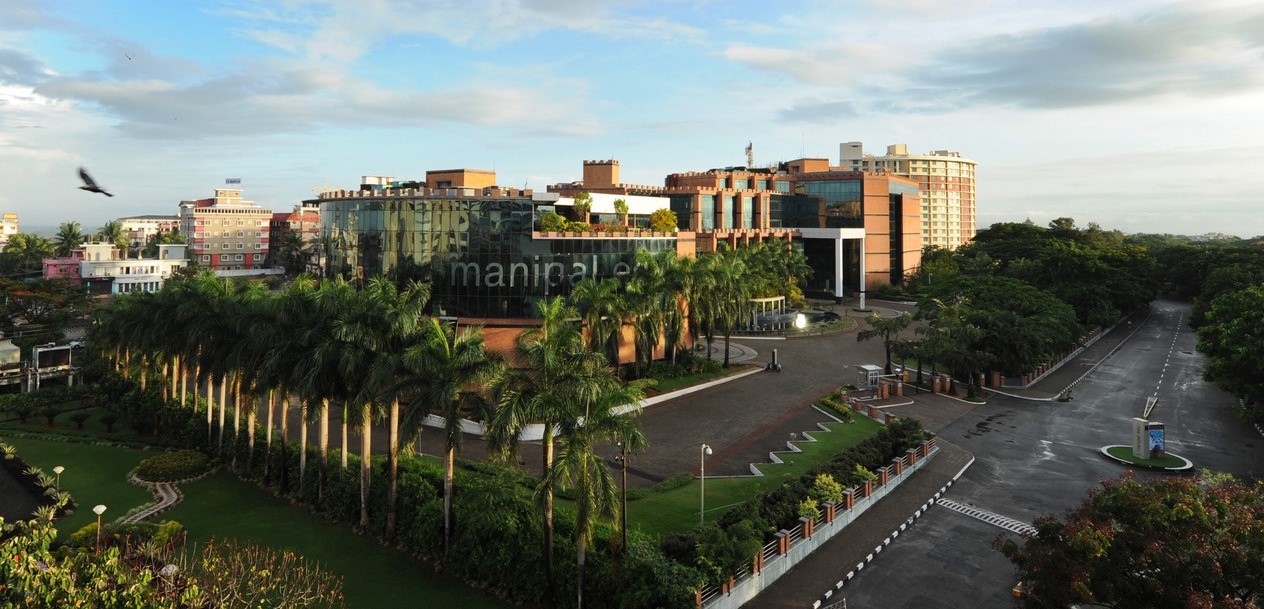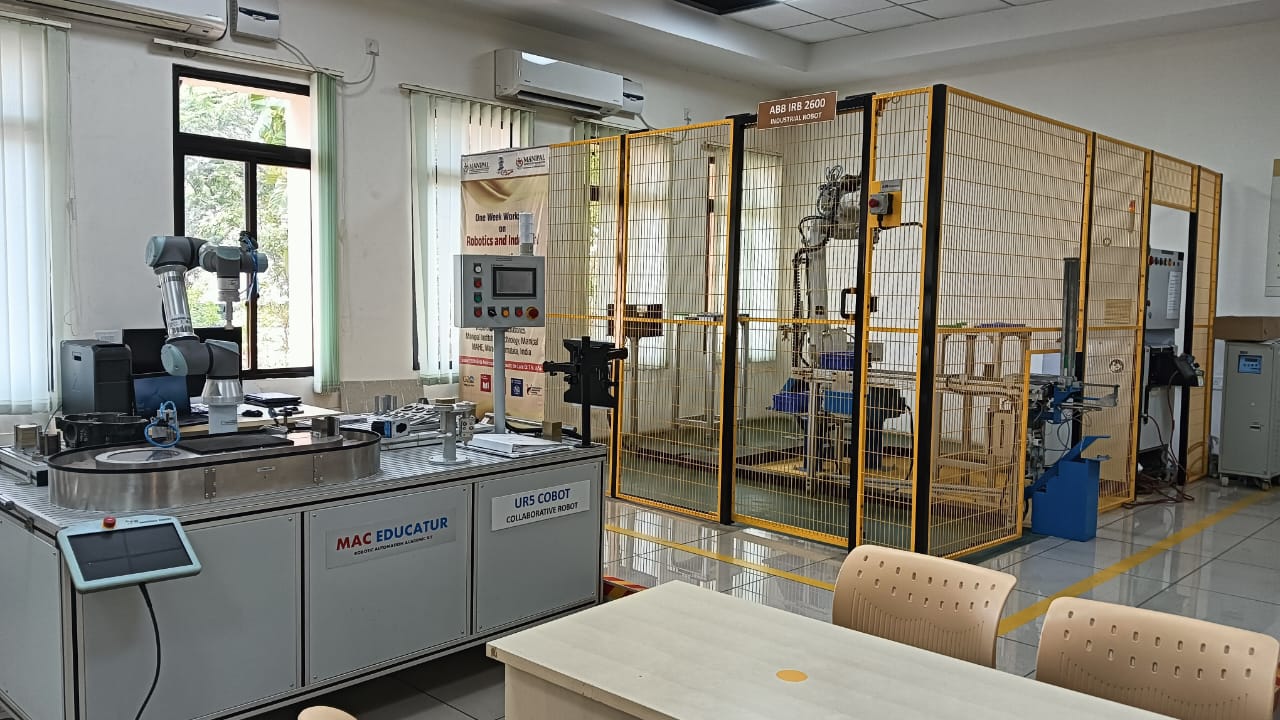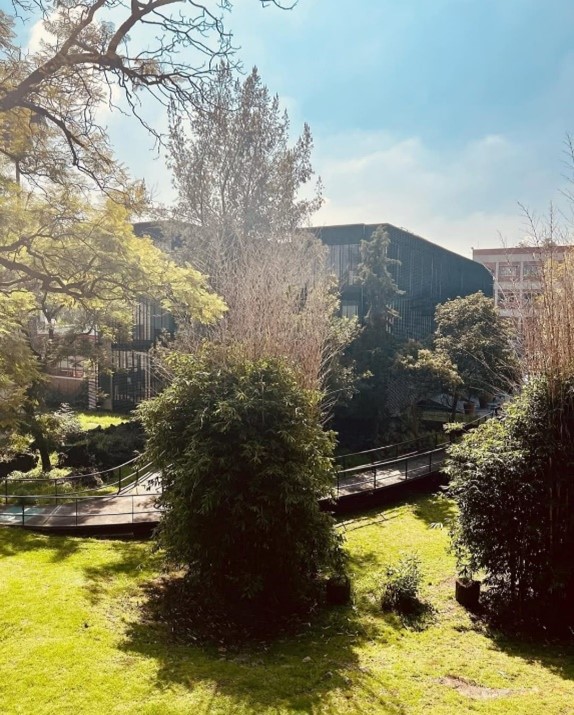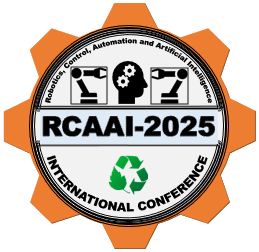About Us
Read on to know more about us.

MANIPAL ACADEMY OF HIGHER EDUCATION
Over 28,000 students from 57 nations live, learn and play in the sprawling University town nestled on a plateau in Karnataka’s Udupi district. It also has nearly 2500 faculty and almost 10000 other support and service staff, who cater to the various professional institutions in health sciences, engineering, management, communication, and humanities, which dot the Wi-Fi-enabled campus. The University has off-campuses in Mangalore and Bangalore and off-shore campuses in Dubai (UAE) and Melaka (Malaysia). The Mangalore campus offers medical, dental, and nursing programs. The Bangalore Campus offers programs in Regenerative Medicine. The Dubai campus offers engineering, management, and architecture programs, and the Melaka campus offers programs in medicine and dentistry. Every institute has world-class facilities and pedagogy, constantly reviewed and upgraded to reflect the latest trends and developments in higher education.
Read More
MANIPAL INSTITUTE OF TECHNOLOGY:
Manipal Institute of Technology (MIT), A Constituent Unit of Manipal Academy of Higher Education (MAHE), Manipal, Karnataka plays a vital role in producing world-class engineers tuned to the demands of a fast-changing global village. Starting in 1957 as Manipal Engineering College, MIT was the first self-financed engineering college in India. It offers 16 B. E. programs and 25 M. Tech programs in various disciplines. All the departments have well-equipped laboratories and modern multimedia classrooms. In addition, there are a number of central facilities which include a central library housed in a separate building with a total area of about 70000 sq. ft., a well-equipped workshop, sports and games facilities with indoor and outdoor playgrounds, central computing facility equipped with state-of-the-art computers and peripherals. The campus has an excellent infrastructure for academic activities, sports, and other extracurricular activities. The infrastructure includes an air-conditioned cuisine food court. Nearly 8000 students are staying on the campus for their graduate and postgraduate studies. The campus provides a cosmopolitan and congenial atmosphere.
Read More

MECHATRONICS DEPARTMENT, MIT, MANIPAL
The Department of Mechatronics established in the year 2006 offers undergraduate (B.Tech. in Mechatronics), post-graduate (M. Tech. in Industrial Automation and Robotics) and Ph.D. programs in Mechatronics. It has state-of-art research facilities to support academics and advanced research. Department is well equipped with laboratories set up in collaboration with Bosch Rexroth India Pvt. Ltd., which includes some of the finest automation equipment: Industrial Hydraulics, Industrial Pneumatics, Programmable Logic Controllers, Drives and Control, and Sensorics. On the other hand, the Robotics Lab has been set up in collaboration with ABB, Bangalore. In keeping up with the latest advancements in technology, the department has set up labs such as E-Yantra lab and Internet of Things (IIoT) lab respectively in collaboration with IIT Bombay, Mumbai and Beckhoff Automation India Pvt. Ltd. along with Texas Instruments as a University Program Initiative.
Read More
NATIONAL AUTONOMOUS UNIVERSITY OF MEXICO (UNAM):
The National Autonomous University of Mexico (UNAM) has established itself as the largest and most important institution of secondary and higher education in Mexico and Latin America. It currently enrolls 372,555 students, distributed across the bachelor's level, 133 bachelor's programs, and 42 graduate programs. In addition to its academic excellence, UNAM stands out for its vast cultural offerings. It boasts 27 museums, 18 historical sites, and more than 500,000 collections, including sound recordings, films, works of art, and video materials. The University's presence extends throughout the country's 32 states and approximately eight countries. Its infrastructure covers 2,994,087 square meters of built area, with 5,072 classrooms, 4,557 academic cubicles, and 3,030 laboratories and workshops. The main goals of UNAM are the provision of higher education aimed at training professionals, researchers, university professors, and technicians, as well as contributing to research and promoting culture in all its forms. UNAM is guided by the principles of academic freedom and free research and is established as a pluralistic space that welcomes all currents of thought and scientific and social trends for exclusively academic purposes.


INSTITUTE OF ENGINEERING, UNAM
The Engineering Institute of the National Autonomous University of Mexico (II-UNAM) is one of the 25 scientific research institutes that comprise this institution. In addition to its research work, the Institute actively participates in the training of graduate-level human resources through master's and doctoral programs.Its mission is to contribute to national development and social well-being by generating engineering knowledge, training highly qualified specialists, and connecting with different sectors of society. Thanks to its academic and scientific excellence, II-UNAM is recognized as the most relevant and highest-quality engineering research center in Mexico, with the capacity to compete internationally. The Institute distinguishes itself as a generator of applied knowledge, oriented toward solving the main engineering challenges in the country. It also plays a fundamental role in training new generations of engineers and researchers. Currently, the Institute is comprised of more than 90 researchers, 101 academic technicians, and more than 600 students working on theses at the undergraduate, master's, and doctoral levels. The research projects developed at II-UNAM focus on strategic engineering problems and are carried out in collaboration with public and private entities, as well as federal and state governments, providing specialized solutions and services to various sectors of the country. The Engineering Institute is located at Ciudad Universitaria, in Mexico City, and has an infrastructure of 26,020 square meters, including 18 buildings and 24 specialized laboratories. It also has two foreign academic units.
